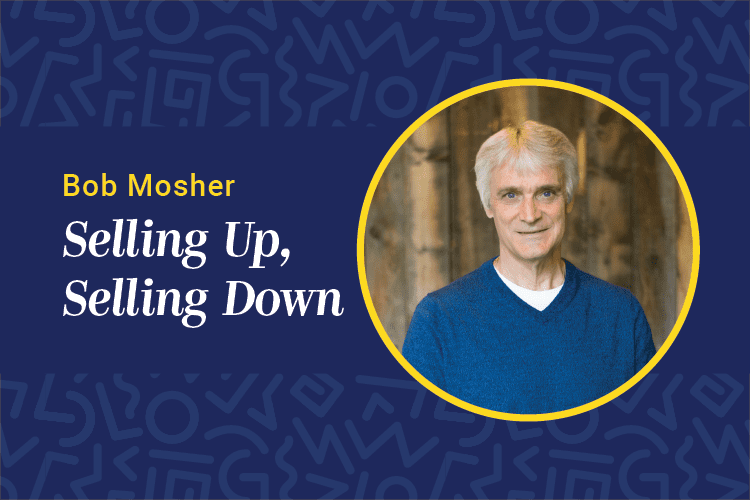How words are defined and interpreted is a big deal. “Fine” or “fine” — to drink a fine wine, or to pay a fine. “Band” or “band” — a marching band, or a piece of jewelry. Two words, spelled and pronounced the same, with two very different meanings. Our industry creates a lot of these because we tend to create a word or label first, and define it second, or over time. This tends to create a lot of confusion, especially for learners who often define our terms differently when viewing them in a work context.
Think about “just in time,” or JIT learning, an acronym we often attach to e-learning. Early on we defined JIT by availability and accessibility; our learners defined it by relevance and immediacy. These conflicts can have long-term implications. For many learners, the early days of e-learning were a disappointment, not because it wasn’t an incredible alternative to the classroom, but because it didn’t live up to consumers’ expectations.
Another was the virtual classroom. Again, great idea, poor marketing. They’re an amazing way to distribute learning over time and space, but early efforts were not like the classrooms learners knew and loved. Many were death by PowerPoint with gifted classroom instructors doing their best to be engaging in a completely foreign, two dimensional world.
Now, I’m a huge fan of e-learning and virtual instruction; they’ve come a long way from their early days. The operative words here are “early days.” Again, we often label things ahead of them finding their rightful place with us as designers and, more importantly, with learners as consumers. This issue becomes especially important as new trends move into the workflow where the learner can choose to consume or not.
Enter “workflow learning.” Thanks to many technologies available today, as well as a more impatient and demanding learner, our ability to push learning deliverables and strategies into the workflow is more feasible than ever. This is good, as long as we do it, and market it, correctly.
I like the label. Many have come before it and caused all kinds of confusion. Our first effort was “informal learning,” which carried a host of problems. Like, how do you define that broad, inclusive world, or even begin to design for it? Most important, learners have no idea what that means. Workflow learning, on the other hand, seems to resonate with both the buyer and the builder. It’s a good start.
The next step is we need to be sure we’re actually providing what we’ve promised. Circle back around to the learner. Before we define yet another square peg and attempt to fit it into a round hole, let’s ask them what they think workflow learning is. I’ve done a bit of this, and the one thing that continues to come back is that it’s not just training out in the workflow. We’ve already provided a lot of that with the modalities I’ve already mentioned.
To move to true workflow learning we need to add other support-oriented approaches. These need to be orchestrated with training deliverables so the learner finds what they want in a timely manner and in the most effective way possible, typically with support tools first and training tools if needed. In the workflow, context is king, and it drives more of a support mentality than a training one. It’s not to say that training can’t be consumed in the workflow, but it’s often not the type of solution the learner is looking for. It’s overly structured, takes too long to consume and is knowledge focused. Support assets are typically brief, solution oriented and performance focused.
Workflow learning will challenge us by taking us into areas of analysis and design that are very new to many. It’s an approach that the ADDIE model alone can’t solve. It needs a broader and more performance-centered design. Let’s be sure we do the work needed to fulfill the promise so this powerful and highly effective learning approach can work the first time around.
Bob Mosher is a senior partner and chief learning evangelist for APPLY Synergies, a strategic consulting firm. To comment, email editor@CLOmedia.com.












